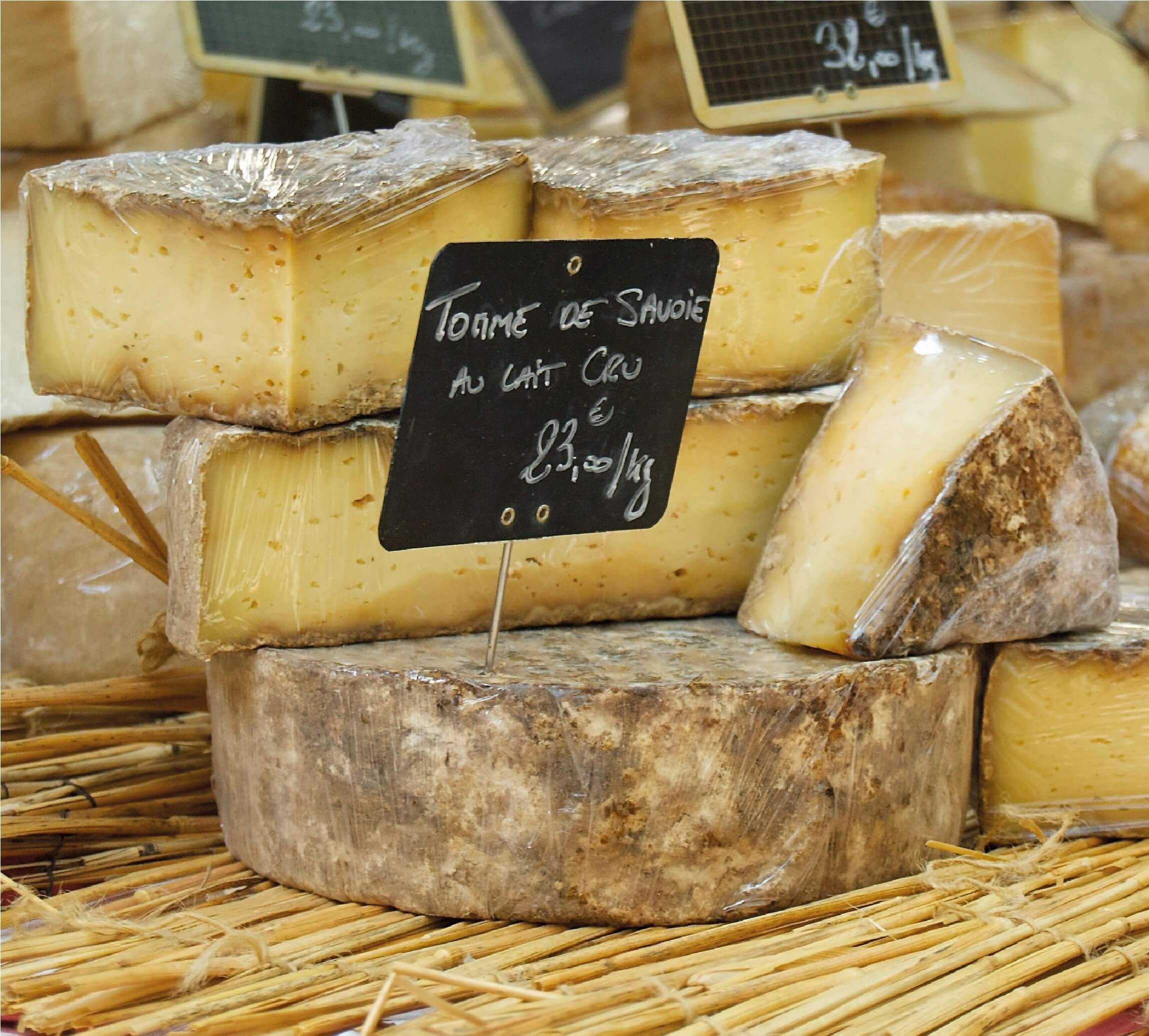The production of chocolate presents an initial phase of the process common to practically all types of end product, from the classic tablets, passing through the so-called hollow fig res (eggs and Easter bunnies for example) up to the more elaborate pralines.
The modelling phase is probably the most fascinating, in which the industrialization of processes shows the most creative solutions, necessary to replicate the best chocolatier products. Modelling is characterized by products that travel in particular moulds and trays, therefore there are no particular differences between one product and another in handling technology.
Things change radically when you move on to the packaging phase, in which the chocolate is removed from the moulds, an activity called depanning. Here, depending on the type of product and packaging, it can be transferred directly onto conveyor belts or onto trays called counter- plates or counter-moulds, to feed the primary packaging machines.

There are basically four types of power systems and MH is capable to make them all: – For small and full eggs, balls and candies, bulk feeding systems are used with belt conveyors that carry the product in bulk up to the centrifugal or vibrating orientation systems that load the wrapping machine – For hollow eggs or elaborate or delicate pralines the product remains on the counter-plates until it is loaded on the packaging machine, usually with a pick and place – For small flat-bottomed chocolates, conveyor belts with a chicane system are the go to option, which align and distributes the products to the various wrapping machines – For chocolate bars and bars in general the classic line feeding system is used which can load both wrapping machines and flowpacks For all these systems it is possible to create Buffers or Storage Systems.
In the case of the bulk feeding system, it is only a question of having enough space available in terms of conveyor belts to keep the volume of products required in circulation. The counter-mould feeding systems use the classic Pater Noster Buffer, which is also the simplest in terms of management and the least cumbersome in the factory.
In the other two cases you can use the so-called Gondola Buffer, which has the advantage of being a FIFO and having a relatively small foot- print, but the cost of one of these devices makes it justifiabl to have an extra packer to keep on standby. MH prefers to opt for a Multi-Layer Belt Buffer, which remains a FIFO, but has a much less onerous economic impact than a Gondola. On the other hand, to use this type of system takes away much more foot- print inside the plant.
Once out of primary packaging, as al- ways happens for other markets, the type of secondary drives the choice of the following accessories and transport systems: eggs and pralines are often packed in vertical fl w- packs and require simple clamps elevators, other types of chocolates are placed in a tray, in a box or in a box and require pick and place systems, possibly with robotic vision, in this case there are often divider systems.
Eggs and cables in general are placed in light moulded plastic trays, which then go into an outer carton envelope, called displays, which end up directly in the shops. The conveyor belts that MH uses for this type of packaging is typically of modular chain, with the same pre- cautions that are found for boxes at the end of the line. Finally, the tab- lets go in a box or cardboard display, the secondary machine is typically a system with an ordering system (or race track) and is accompanied at the entrance with a fast merger system.
Going towards the end of the line it is possible to meet again Buffers, but given the level of investment it is more likely that the machines used for the naked product also compensate the idle stops from the secondary packaging forward. Finally, the boxes transport and feeding belts to the palletizer see the usual technologies applied, from the roller belts or friction roller conveyors for the accumulation sections to the activated roller belts for sorting and layer formation.




